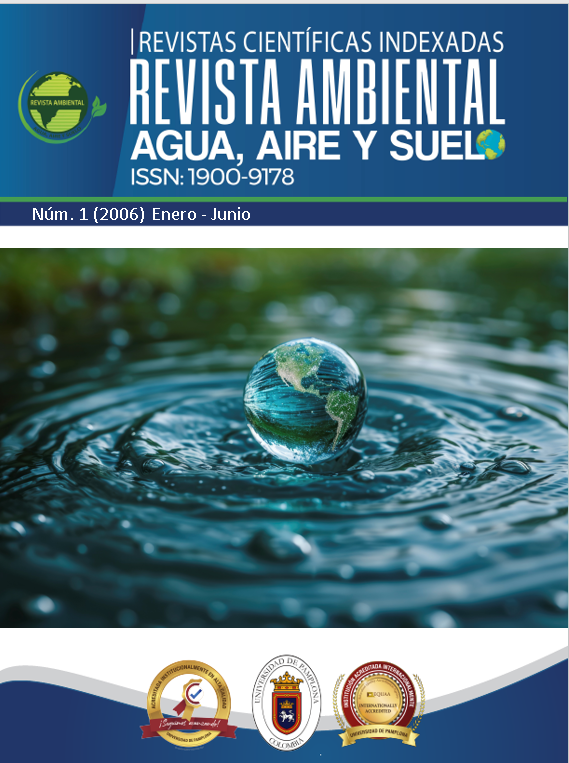Production of adsorbents from sugarcane bagasse for the removal of dyes in aqueous phase
DOI:
https://doi.org/10.24054/aaas.vi1.2048Keywords:
adsorption, kinetics, isotherms, desorptionAbstract
In this study, adsorption tests were performed for three different dyes: methylene blue, Basic Blue 41, and Acid Red 266. Activated carbon prepared from sugarcane bagasse was used as the adsorbent material. The following activators were used: sulfuric acid, orthophosphoric acid, and zinc chloride, with the latter in two different ratios. Pyrolysis was performed on the chemically activated material, and material without prior activation was also prepared for comparison. The activated carbon was used in batch tests with stirring with the three dyes mentioned above. In general, greater adsorption is achieved with all activated carbons against methylene blue, except for the activated carbon made from sugarcane bagasse activated with zinc chloride in a 1-1 ratio, which adsorbs Basic Blue 41 in large quantities; with this activated carbon
the best results are obtained in both kinetic and adsorption tests.
Downloads
References
Calvo, L. F., Otero, M., Morán, A., & García, A. I. (2001). Upgrading sewage sludges for adsorbent preparation by different treatments. Bioresource Technology, 80, 143–148.
Kadirvelu, K., & Namasivayam, C. (2003). Activated carbon from coconut coirpith as metal adsorbent: Adsorption of Cd(II) from aqueous solution. Advances in Environmental Research, 7, 471–478.
Otero, M., Rozada, F., Calvo, L. F., García, A. I., & Morán, A. (2003). Kinetic and equilibrium modelling of the methylene blue removal from solution by adsorbent materials produced from sewage sludges. Biochemical Engineering Journal, 15(1), 1–10.
Peternele, W., Winkler-Hechenleitner, A., & Gómez, E. (1999). Adsorption of Cd(II) and Pb(II) onto functionalized formic lignin from sugar cane bagasse. Bioresource Technology, 68, 95–100.
Rozada, F., Calvo, L. F., García, A. I., Martin-Villacorta, J., & Otero, M. (2003). Dye adsorption by sewage sludge-based activated carbons in batch and fixed-bed systems. Bioresource Technology, 87, 221–230.
Downloads
Published
Issue
Section
License
Copyright (c) 2022 REVISTA AMBIENTAL AGUA, AIRE Y SUELO

This work is licensed under a Creative Commons Attribution-NonCommercial 4.0 International License.










